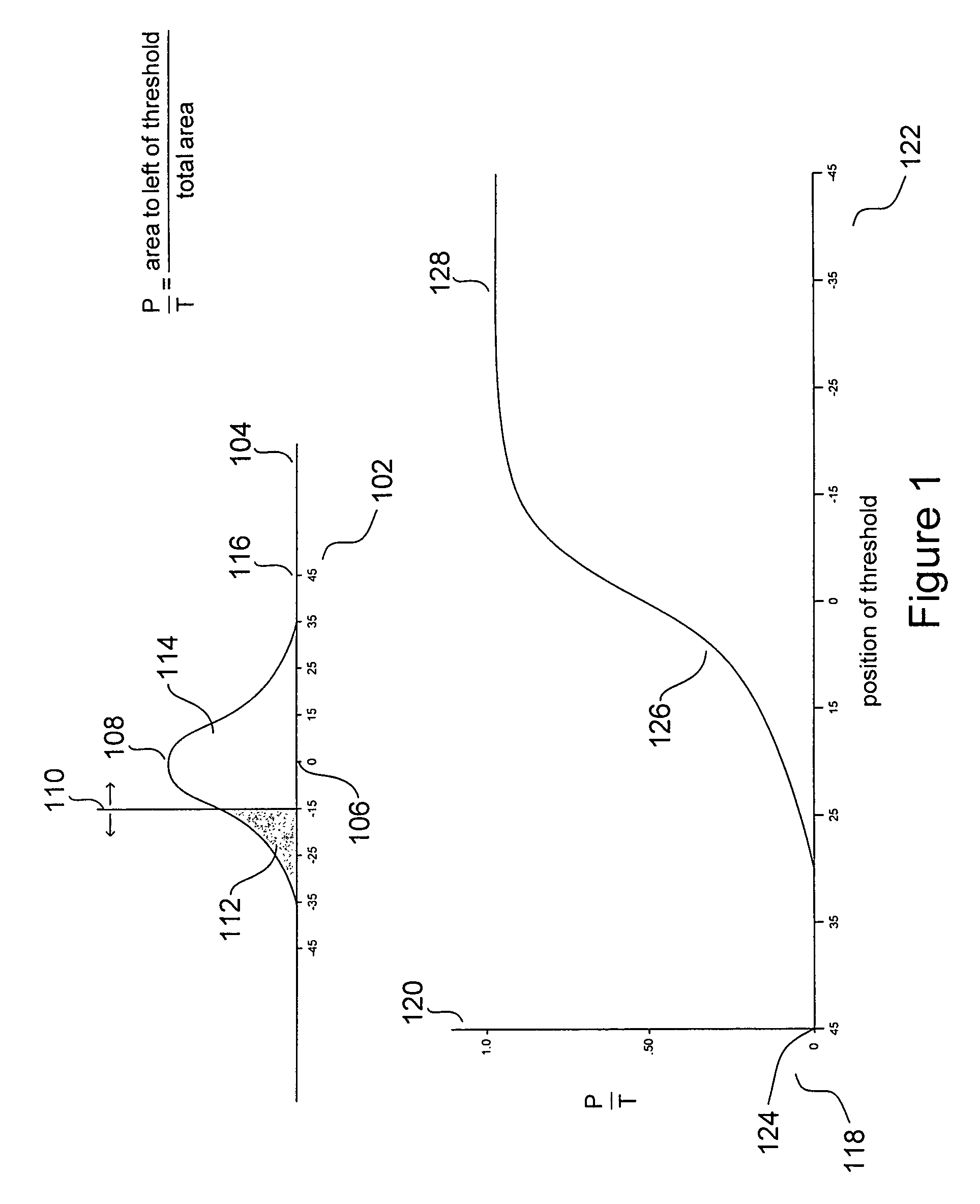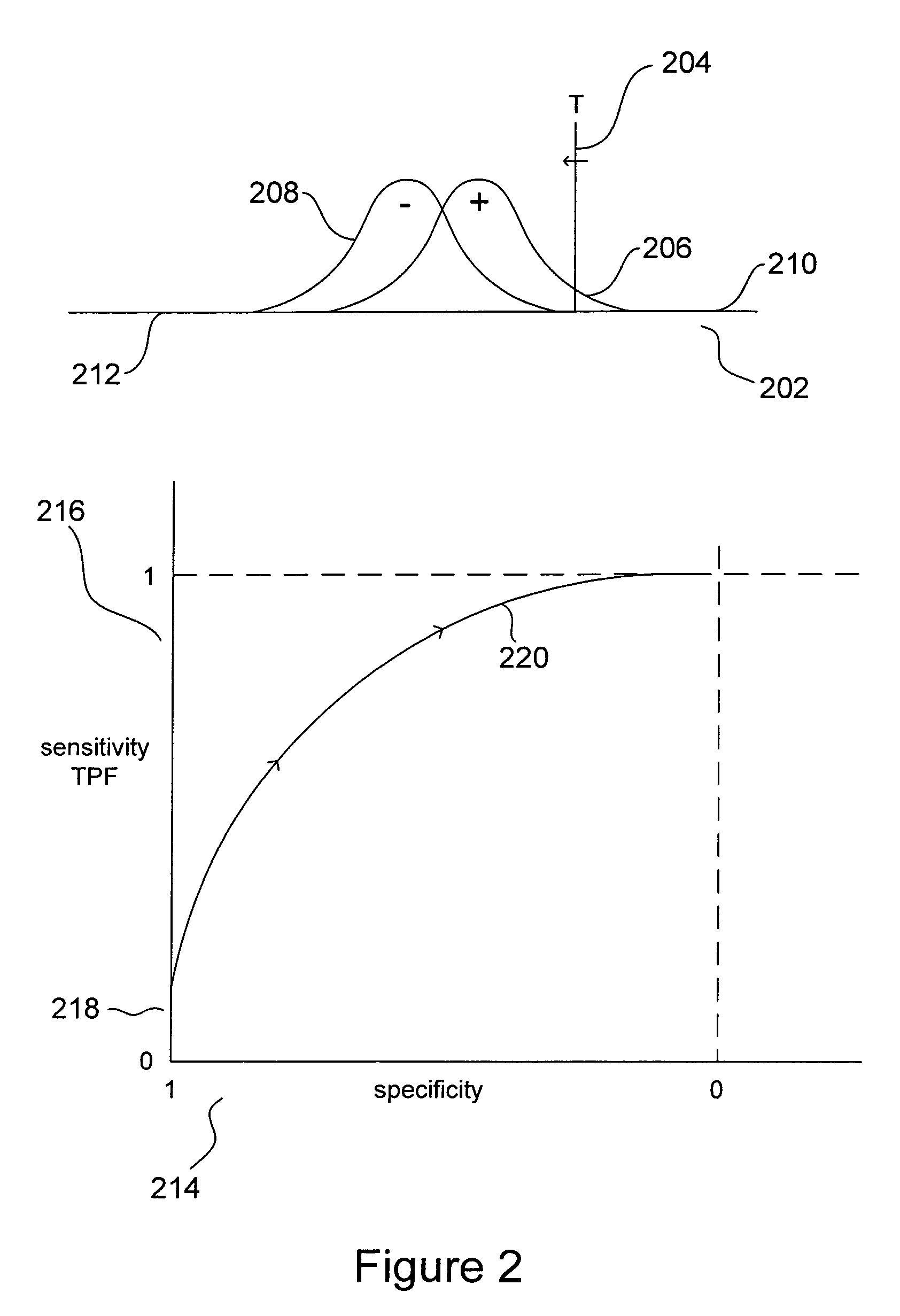Bayesian-network-based method and system for detection of clinical-laboratory errors using synthetic errors
a clinical laboratory and synthetic error technology, applied in the field of clinical laboratory analysis, can solve the problems of incorrect treatment, incorrect remedial measures, and injury or harm to people, domesticated animals, and the environment, and achieve the effect of reducing the number of laboratory tests and reducing the number of errors
- Summary
- Abstract
- Description
- Claims
- Application Information
AI Technical Summary
Benefits of technology
Problems solved by technology
Method used
Image
Examples
Embodiment Construction
[0023]Method and system embodiments of the present invention are directed to analysis of clinical-laboratory results in order to detect various types of clinical-laboratory-result errors. Various embodiments of the present invention employ Bayesian networks or modified Bayesian networks and receiver operating characteristic curves, described in initial subsections, provided below. In a final subsection, a number of embodiments of the present invention are described. Portions of a grant proposal for work related to the present invention are included in Appendix A. These portions of the grant proposal provide preliminary results obtained from initial implementations of embodiments of the present invention.
Receiver Operating Characteristic Curves
[0024]Receiver operating characteristic curves (“ROCC”) were initially developed for applications in analysis of noise-contaminated radio signals and radar signals. More recently, ROCCs have proved to be useful in various types of clinical and ...
PUM
 Login to View More
Login to View More Abstract
Description
Claims
Application Information
 Login to View More
Login to View More - R&D
- Intellectual Property
- Life Sciences
- Materials
- Tech Scout
- Unparalleled Data Quality
- Higher Quality Content
- 60% Fewer Hallucinations
Browse by: Latest US Patents, China's latest patents, Technical Efficacy Thesaurus, Application Domain, Technology Topic, Popular Technical Reports.
© 2025 PatSnap. All rights reserved.Legal|Privacy policy|Modern Slavery Act Transparency Statement|Sitemap|About US| Contact US: help@patsnap.com



